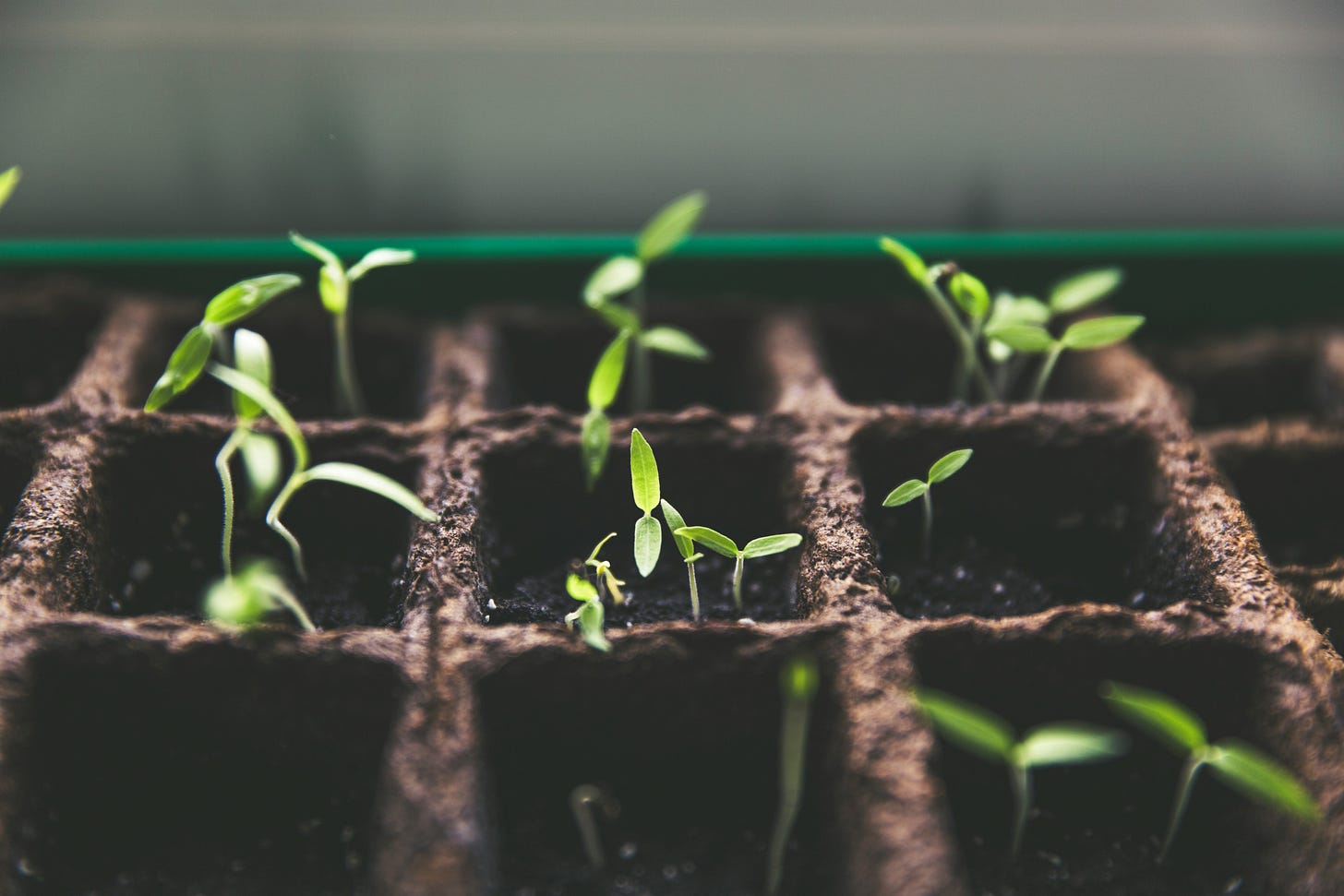Creating the Conditions, Part 2
How our own life creates a model for others
There’s this inside joke between coaches and therapists that clients choose themes. Without conscious intention, people will come to us to talk about whatever is challenging them. And it’s often on the same theme. One week will be all about boundaries. And the next, grief over one’s father. Clients don’t know each other and they don’t know our personal …



